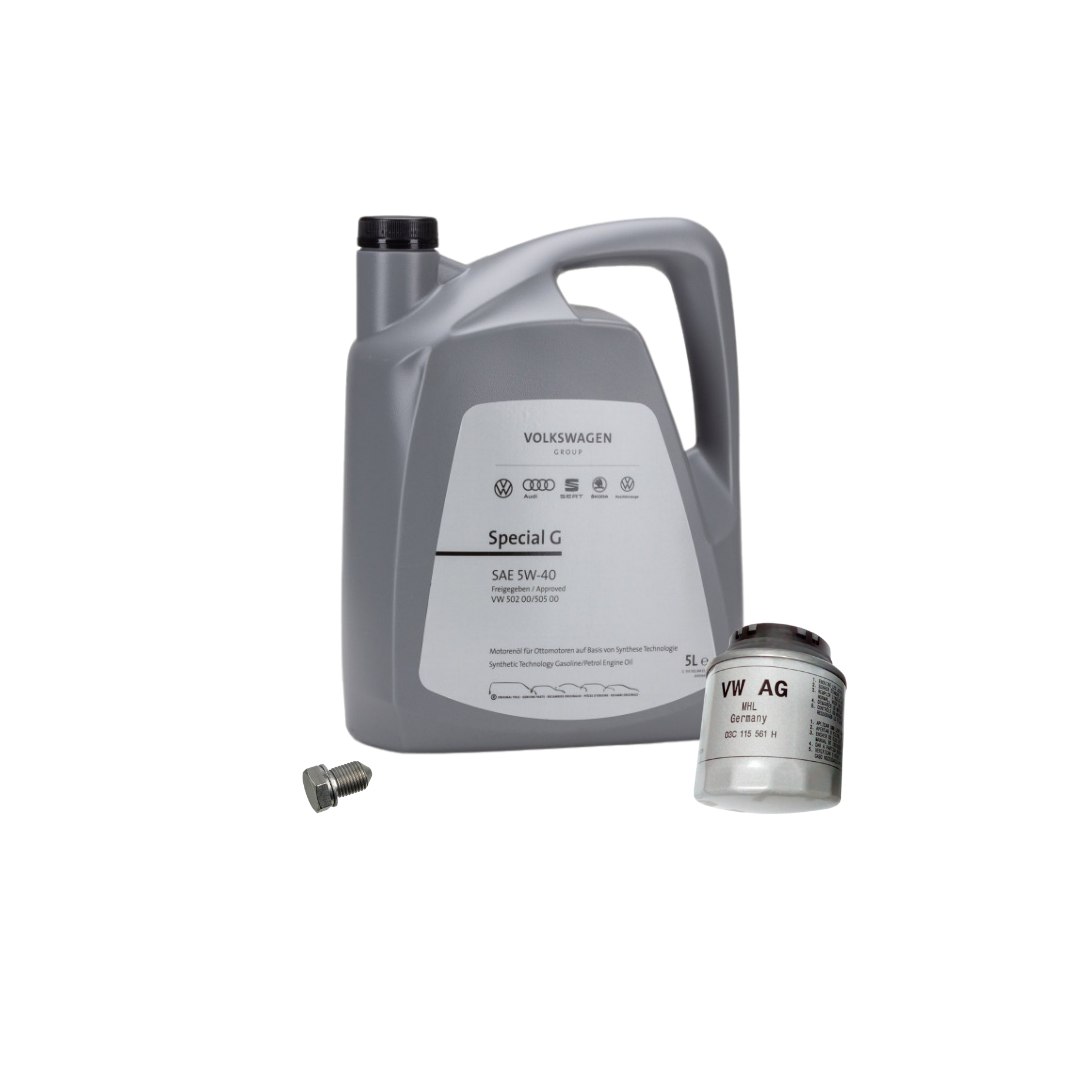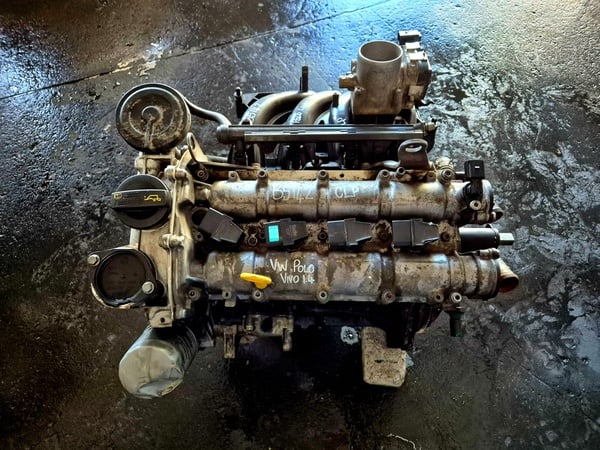How a Clp Engine Can Improve Effectiveness in Various Industries
The introduction of CLP engines notes a considerable change in operational efficiency across numerous sectors, driven by their capacity to enhance gas consumption and decrease downtime. Industries such as manufacturing and logistics stand to obtain significantly from their durable layout and constant power outcome, which guarantee to improve operations and boost productivity. As organizations significantly focus on sustainability together with performance, the role of CLP engines comes to be a lot more essential. What continues to be to be seen is exactly how these innovations will certainly form the future landscape of industrial operations and their influence on more comprehensive financial fads (clp engine).
Overview of CLP Engines
CLP engines, or Constant Liquid Propellant engines, represent a significant improvement in propulsion technology, specifically for room applications. These engines utilize a constant feed system that allows for the continual expulsion of propellant, causing boosted efficiency and performance contrasted to standard strong or hybrid propulsion systems. By preserving a consistent circulation of fluid propellant, CLP engines can accomplish much more accurate drive control, which is important for navigating spacecraft in different mission situations.
The design of CLP engines incorporates sophisticated materials and cutting-edge gas management systems. clp engine. This leads to reduced weight and enhanced reliability, vital factors for long-duration room objectives. Moreover, the constant procedure lessens the danger of combustion instability, a typical difficulty in conventional rocket engines.

Benefits in Production
The production of Constant Liquid Propellant (CLP) engines provides numerous remarkable benefits that boost both performance and cost-effectiveness. Among the key benefits is the streamlined manufacturing process, which lowers the complexity connected with typical propulsion systems. By utilizing fluid propellant, producers can attain higher precision in engine performance, bring about enhanced energy output and minimized waste.
In addition, CLP engines facilitate a greater level of modularity, permitting easier combination into various production lines. This adaptability can dramatically reduce preparations and boost total operational flexibility. Using CLP modern technology likewise has a tendency to reduce the requirement for considerable upkeep due to fewer relocating components, which equates into minimized downtime and functional costs.

Applications in Logistics
Leveraging Continual Liquid Propellant (CLP) engines in logistics provides significant benefits in functional performance and reliability. These engines provide a durable solution for numerous transportation demands, enabling the smooth activity of goods across vast distances. click for source The intrinsic design of CLP engines permits for constant power result, which equates into smoother and more predictable transportation routines.
Among the vital applications of CLP engines in logistics remains in durable products transportation, where they can drive both ground and aerial cars. Their capability to maintain high efficiency under varying load problems makes certain that delivery timelines are fulfilled, thus enhancing client contentment. Additionally, CLP engines can be incorporated into automated logistics systems, assisting in real-time tracking and enhancing course planning.
Furthermore, the longevity of CLP engines minimizes upkeep downtime, permitting logistics firms to maximize their operational abilities. This is especially helpful in warehousing operations, where effectiveness in handling and transporting products is vital. As logistics proceeds to evolve, the assimilation of CLP engines stands for a forward-thinking approach that not only enhances performance but additionally supports the sector's expanding demands for reliability and speed.
Influence On Energy Effectiveness
Exactly How do Continuous Fluid Propellant (CLP) engines enhance energy performance in transportation? CLP engines make use of a constant circulation of fluid gas, optimizing combustion processes and keeping a steady drive result. This style minimizes energy losses associated with standard combustion engines, where gas shipment can differ and result in ineffectiveness.
The continual procedure of CLP engines permits a more reliable thermal cycle, resulting in greater details impulse compared to traditional engines. clp engine. This converts to minimized gas usage for the exact same quantity of work done, considerably reducing functional costs across numerous transportation sectors, consisting of aviation and maritime markets
Furthermore, the ability of CLP engines to keep ideal efficiency under differing tons conditions reduces the requirement for constant acceleration and slowdown, even more improving fuel effectiveness. Enhanced power performance look at this site not only adds to set you back financial savings however additionally results in lower greenhouse gas discharges, lining up with global sustainability goals.
Future Trends and Innovations
Arising developments in Continuous Liquid Propellant (CLP) engine modern technology assurance to revolutionize the landscape of transportation efficiency and sustainability. As markets pivot toward greener choices, CLP engines stand at the center, incorporating ingenious materials and layout approaches that enhance performance while lessening ecological impact.
One of one of the most appealing trends is the adoption of hybrid systems that integrate CLP engines with sustainable power resources. This synergy can optimize fuel usage and minimize emissions, aligning with global sustainability objectives. Moreover, improvements in computational liquid dynamics (CFD) are facilitating the layout of even more aerodynamically effective engines, causing decreased drag and enhanced fuel performance.
Moreover, the advancement of smart tracking systems is readied to enhance functional efficiencies. These systems leverage data analytics and IoT modern technology to enhance engine performance in real-time, making certain that the engines run within their most reliable specifications.
As study remains to explore different propellant solutions-- such as biofuels and synthetic fuels-- the future of CLP engines looks promising. By taking advantage of these technologies, industries can not just improve their effectiveness yet likewise contribute dramatically to a cleaner, much more lasting future in transport.
Conclusion
In verdict, CLP engines stand for a substantial innovation in effectiveness throughout numerous sectors. Their capacity to maximize fuel usage and reduce functional costs, incorporated with a continuous feed system, boosts power result and operational dependability. The combination of sophisticated products and less relocating parts decreases maintenance needs, while positioning with sustainability objectives placements CLP engines as a pivotal modern technology for the future. Proceeded advancement in this area assures additional renovations in effectiveness and ecological performance.
Comments on “Extend the lifespan of your clp engine with regular care.”